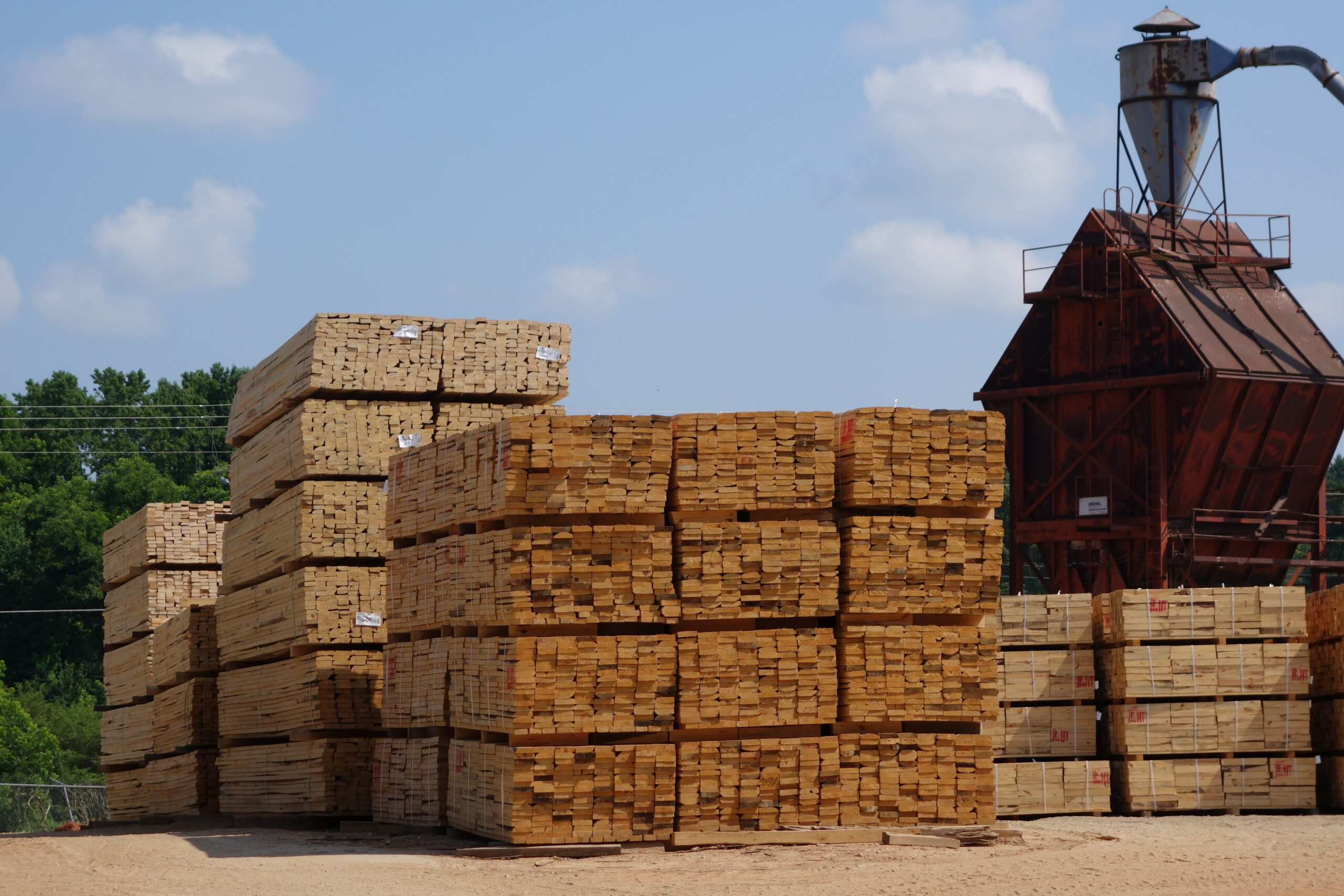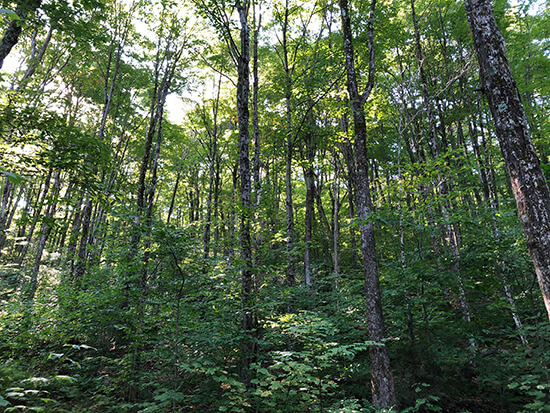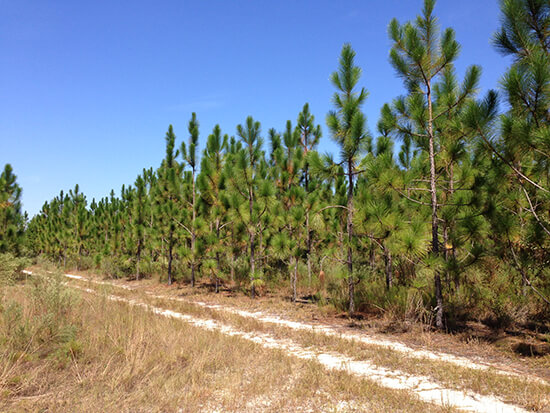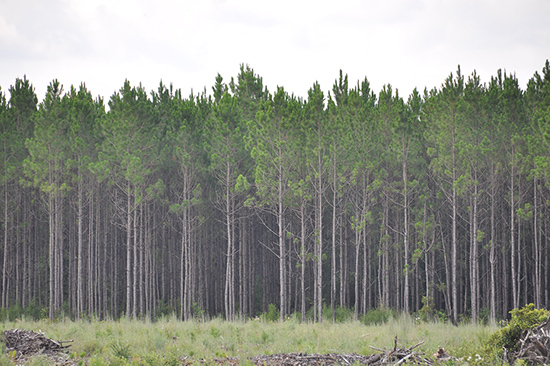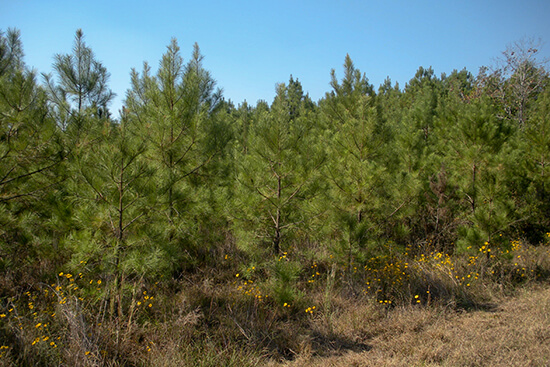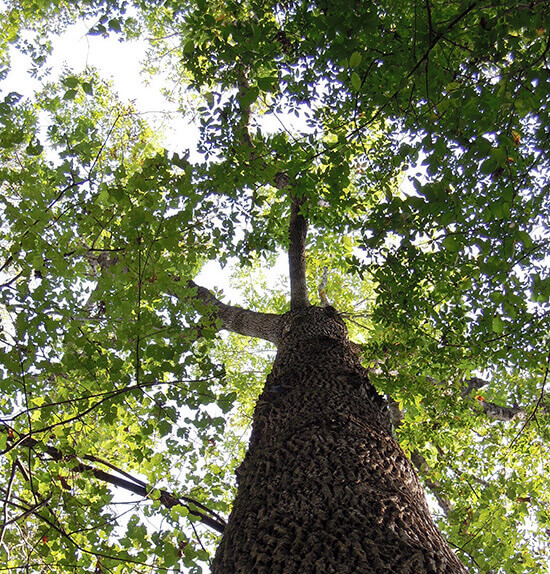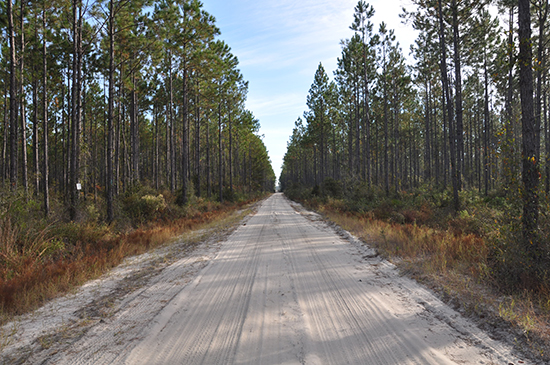How has the COVID‐19 Pandemic affected client timberland portfolios? It remains too early to assess the full impact of the coronavirus pandemic, but we continue to monitor the situation to identify trends which could impact client timberland portfolios.
With the equities markets still off of recent highs by more than 20 percent, timberland continues to perform as a low correlation and low volatility asset in diversified portfolios. Initial conversations with appraisers suggest that appraisal write downs in the second quarter will be minimal, in the one to four percent range, and we may not see the full effect until the fourth quarter. As mentioned in our first coronavirus update, some forest products markets are correlated with GDP while others are not. This is again proving to be the case throughout the world. U.S. building products markets are off due to a large drop in housing starts. However, remodel projects and big box lumber sales have been strong during the shelter-in-place phase of the pandemic creating some unexpected lumber demand. Most states have now included construction as an essential business which appears to be recovering from the initial shutdown policies. We believe this creates opportunity and optimism for a quicker recovery of housing starts to pre-coronavirus levels of approximately 1.6 million annualized starts as was present in December, 2019 through February, 2020.
U.S. South sawtimber prices have experienced downward pressure in some specific woodbaskets, while other areas have remained unchanged. We have experienced a price decrease of, on average, about 10% for southern pine chip ‘n saw and sawtimber. Many lumber facilities have reduced operating hours and restricted wood deliveries. Some of the logging capacity has also reduced operating hours and / or switched to thinnings to provide additional pulpwood for pulp and paper mills. Current procurement activities for the lumber facilities are on a week-to-week planning basis and continue to match wood purchases with lumber demand.
Southern pulpwood markets remain strong with some areas experiencing small price increases due to strong demand for pulpwood and wet logging conditions. Since many pulp and paper markets are not correlated with GDP, pulp and paper and concomitant pulpwood demand is healthy. FIA foresters have been busy selling additional pulpwood into these markets through additional thinning sales and some early final harvest sales. Clearly, the coronavirus recession has yet to impact these markets in any significant way.
Pacific Northwest markets continue to experience increased log price volatility with Douglas fir prices off some 20% from the first quarter price of $750 / MBF in March. Reports out of China indicate demand for softwood is robust and export markets along the west coast log markets have provided a floor on log prices. Similar to the trends in the U.S. South, domestic mills have reduced operating hours. We do not expect Douglas fir log prices to fall to the levels experienced last year when the export market evaporated for much of the year due to the trade dispute. However, log prices are expected to be mixed as port activity in New Zealand has resumed and the government appears ready to green light resumption of industrial forest activity in late April allowing exporters there to reenter the Pacific Rim market.
Northern log markets have held steady during the previous two months with some optimism due to increased activity from Chinese log buyers. However, the State of Pennsylvania has not sold any timber during the coronavirus shutdown – a primary source of timber sales in the Allegheny region. Prices for most hardwoods have been flat in both the Lake States and the Northeast. We continue to monitor the log markets carefully given the increased interest from Asian log buyers.
Demand for hardwood chips into Asia has remained mostly steady through this crisis. Similarly, the demand for pulp out of Latin America has been strong. Brazilian wood product producers have seen good demand for their products due to the weakening of their currency and the diversified end use markets they serve, including China. Chilean solid wood product producers continue to maintain demand for logs although at a reduced rate as capacity adjusts to shifting global demand.
Timberland markets and transactions have been mixed over the past 60 days. Some transactions continue to move toward closing while others have been abandoned with purchasers electing not to move forward to closing. In a couple of instances, purchasers have requested additional time to rearrange financing which has delayed closing. We have not seen any “fire sale” prices on high-quality timberland during this economic recession as of yet. Hence, there are currently no data points in the marketplace to support substantial write downs on appraisals – prices for timberland appear to be flat since the start of the pandemic.
FIA foresters and portfolio managers have completed adjusting annual budgets for the changing market conditions. In general, we have moderated our revenue assumptions due to softer timber markets and reduced forest management / silviculture costs for those activities that can be delayed until next year. We expect less clearcut harvesting and fewer acres to site prepare and plant during 2020. FIA will continue to monitor markets and make corrections to budgets as the year progresses.
We continue to receive questions about how timberland will perform during this downturn. All indications are that the asset class will continue to exhibit low volatility and be essentially uncorrelated with other primary asset classes. During past market disruptions and periods of uncertainty, timberland demonstrated an attractive ability to be a true diversifier, and we feel confident that timberland can and will again be an important diversifier in large, institutional investment portfolios.
